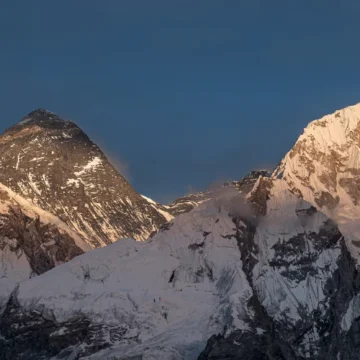
How was Mount Everest Formed?
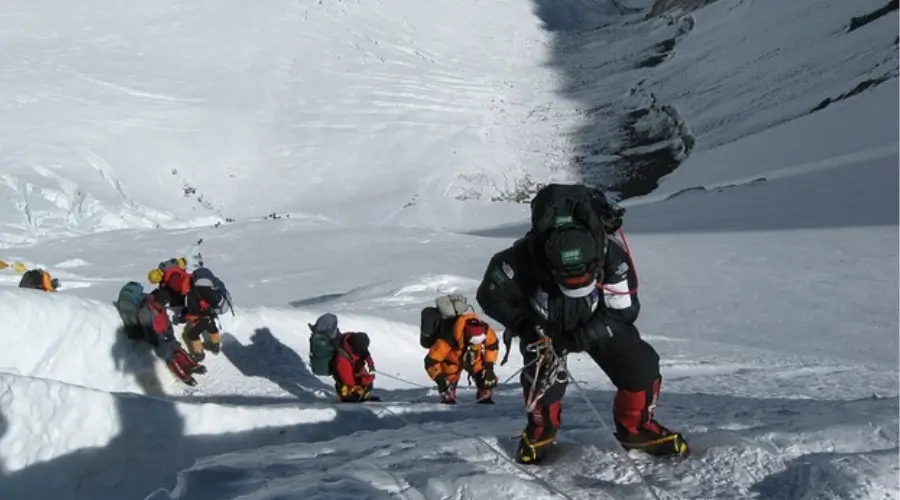
Table of Contents
How was Mt Everest formed? This question amazes us all. Mount Everest, the best trek, located in Solukhumbu, Nepal, Asia, is the tallest mountain on Earth, towering 8,848.86 meters (29,031.7 feet) above sea level. Its formation resulted from the collision between the Indian Plate and the Eurasian Plate around 50 million years ago, leading to the creation of the Himalayan mountain range.
Geological forces have shaped the rocks of Mount Everest over time, creating the iconic peak that attracts climbers and adventurers from around the world.
How was Mt Everest formed?
Have you ever considered how was Mount Everest formed? The birth of the Himalayas, including Mount Everest, began around 50 million years ago, as the Indian Plate, a massive slab of the Earth’s crust, started its northward journey.
Moving at a slow but steady pace of about 5 centimeters per year, the Indian Plate gradually approached the Eurasian Plate. As the two plates met, the Indian Plate began to subduct underneath the Eurasian Plate, setting the stage for a massive collision.
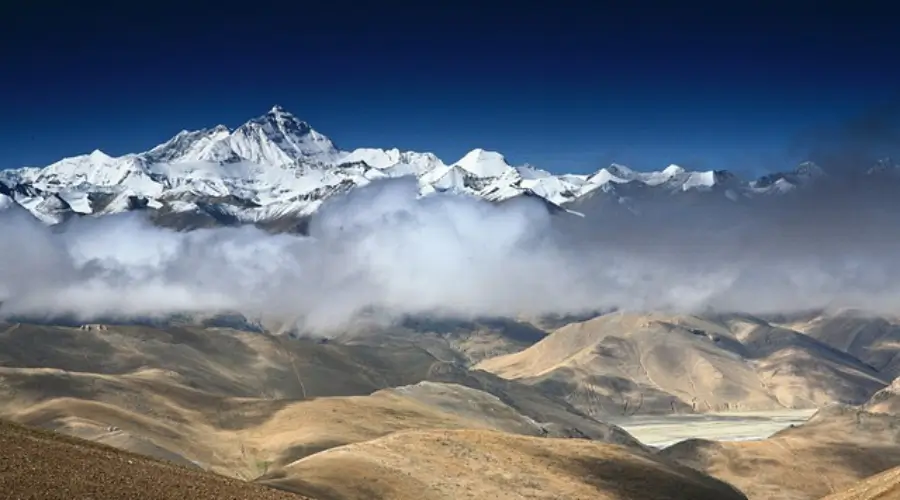
The immense pressure built up along the boundary of the two plates caused the Earth’s crust to wrinkle and fold. This process, known as orogeny, led to the uplift of the Himalayan mountain range, with Mount Everest as its crowning peak. The collision of the Indian Plate and the Eurasian Plate continues to this day, albeit at a much slower rate, and is responsible for the ongoing growth of the Himalayas.
As the Indian Plate continued to push northward, the forces of nature began to carve the developing mountain range. Rivers carved deep valleys, glaciers sculpted the terrain, and the relentless pressure of tectonic forces pushed the Himalayas ever higher.
Glaciers, particularly the Khumbu Glacier on the southern slope of Mount Everest, played a huge role in shaping the landscape, carving out steep valleys, and creating the rough terrain that defines the region.
Sedimentary rock in the mountain’s lower reaches forms from the collection and compression of sediment over millions of years. Fossils embedded in these sedimentary rocks provide valuable insights into the ancient environments in this region, including evidence of sea life in what is now one of the world’s highest mountain ranges.
The formation of the Himalayas, including Mount Everest, is evidence of the dynamic forces that shape our planet. From the collision of tectonic plates to the severe forces of erosion and uplift, the creation of this majestic mountain range is evidence of the ongoing evolution of Earth’s geology. So this is how did Mt Everest form.
Which tectonic plate interaction caused Mount Everest?
Which tectonic plate interaction caused Mount Everest? Let’s get to know more about it. Tectonic plate interactions are like a giant puzzle game beneath the Earth’s surface. The lithosphere, the Earth’s outer layer, resembles a giant jigsaw puzzle composed of several massive pieces known as tectonic plates.
These plates are always moving but move very slowly, like a turtle moving across the ocean floor. One of the key interactions that led to the formation of Mount Everest involved two of these plates—the Indian Plate and the Eurasian Plate.
When the Indian Plate met the Eurasian Plate, it didn’t just stop in its tracks. Instead, it descended beneath the Eurasian Plate, like a submarine slipping beneath the waves. This process, called subduction, created a lot of pressure and confusion deep within the Earth. The Earth’s crust folds and crumples like paper.
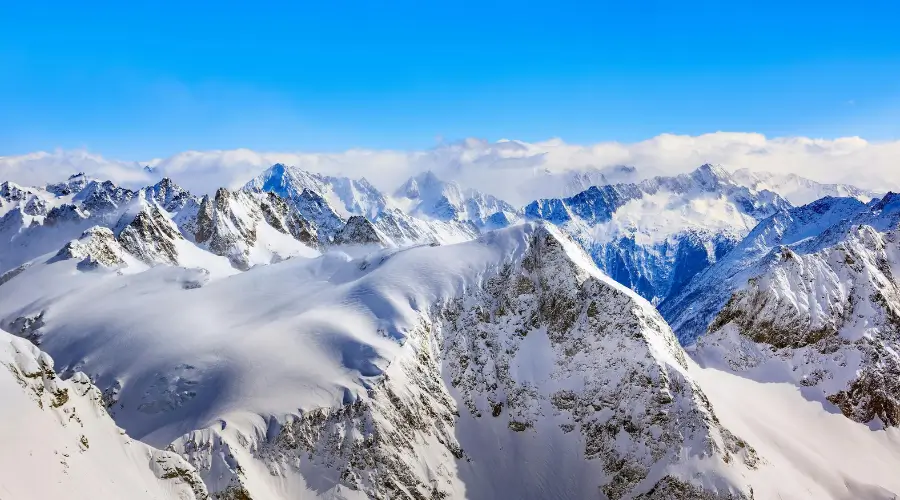
This intense pressure caused the land to rise, giving birth to the mighty Himalayas, including the towering peak of Mount Everest.
So, the collision and succeeding subduction of the Indian Plate beneath the Eurasian Plate were like the building blocks of Mount Everest’s creation. This slow and steady process shaped the world’s tallest mountain over millions of years. So this process and plate movement showed us how Mt Everest was formed.
What type of rock is found at the summit of Mount Everest?
Mount Everest has an impressive diversity of rock types, showing its rich geological history. At its summit, Mount Everest is composed of metamorphic rock, particularly gneiss and schist. These rocks were initially sedimentary or igneous but experienced deep changes within the Earth’s crust.
The intense heat and pressure transformed them into the beautiful, layered stones we see today. These metamorphic rocks witness huge forces. They have shaped the Himalayas over millions of years. It offers a glimpse into the geological processes that have shaped this majestic mountain.
In the lower reaches of Mount Everest, sedimentary rocks are more general. These rocks formed over millions of years as residue collected and compressed into solid rock. Fossils found in these sedimentary rocks provide clues about the ancient environments. They existed in this region long before Mount Everest rose to its towering height.
These fossils indicate that the area was once submerged under ancient seas, swarming with marine life. The presence of these fossils in the rocks of Mount Everest is a witness to the ever-changing nature of our planet’s surface. The forces that have shaped it over time.
Mount Everest also contains igneous rocks formed from the cooling and solidification of molten rock. Various mountain parts contain these rocks, offering further insights into their geological history.
Different rock types in Mount Everest’s makeup highlight the complex processes that have shaped the mountain over millions of years. Each rock type tells a story of the Earth’s dynamic nature, showcasing the transformative power of geological forces.
How did the peak of Mt Everest rise from sea level to 8,848 meters?
Have you ever wondered how the peak of Mt. Everest rose from sea level to 8,848 meters? The expedition of Mount Everest from its humble origins to the towering summit. We see today is an excellent story of geological forces at work.
It all started millions of years ago as the Indian Plate. A massive slab of the Earth’s crust began its slow northward drift. This movement was not just a simple glide but a forceful push driven by the persistent motion of Earth’s tectonic plates. As the Indian Plate moved, it collided with the Eurasian Plate, which forms the northern boundary of the Indian subcontinent.
Collision
The collision between the Indian Plate and the Eurasian Plate set off a series of geological events. It ultimately led to the formation of the Himalayas, including Mount Everest. The intense pressure generated by the collision caused the Earth’s crust to fold and unfold. It created the towering peaks of the Himalayan mountain range.
Over time, this process of folding and uplifting continued. Gradually shaping the Himalayas landscape and giving rise to mountains that ascend to dizzying heights.
As the Himalayas rose, severe forces of erosion acted upon them. Rivers carved deep valleys, glaciers carved the terrain, and weathering wore away at the rocks, shaping today’s landscape. One of the most significant agents of erosion in the Himalayas is glaciers. They have played a central role in shaping the region’s rough terrain.
Glaciers, with their slow but persistent movement, have fixed out valleys and created the distinctive features of the Himalayan landscape. Now you all must know how Mt Everest was formed.
Despite the forces of erosion, the Himalayas continue to rise.

The collision between the Indian Plate and the Eurasian Plate is still ongoing, and it continues to uplift the mountains, albeit slowly. As a result, geologists consider the Himalayas a young and dynamic mountain range that is constantly changing and developing due to the forces of plate tectonics. So, the journey of Mount Everest from sea level to summit is a witness to the power of geological forces and a notice of the dynamic nature of our planet.
Conclusion
So, this is how Mt Everest was formed. It started when huge pieces of the Earth’s surface, called tectonic plates, collided. The Indian Plate, moving slowly but steadily, crashed into the Eurasian Plate, causing the land to fold and rise, forming the Himalayan mountain range. Mount Everest occurred from this process as the highest peak.
Over time, the Himalayas faced erosion from rivers and glaciers, shaping the landscape we see today. Despite these forces, the mountains continue to grow, as the plates beneath them are still moving. Mount Everest’s journey from the sea to the sky is evidence of the Earth’s ever-changing nature, reminding us of the powerful forces that have shaped our world.
Want to know more?
Speak to an Expert





Sandip Dhungana
Nepal 🇳🇵
Whatsapp: +977-9823636377


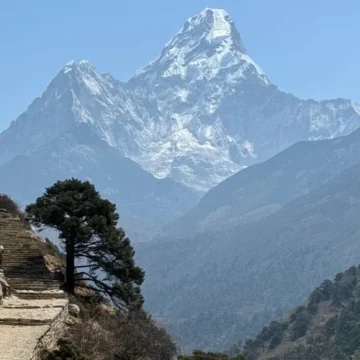
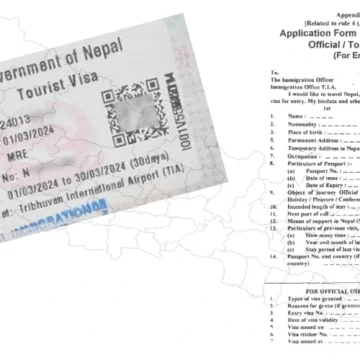

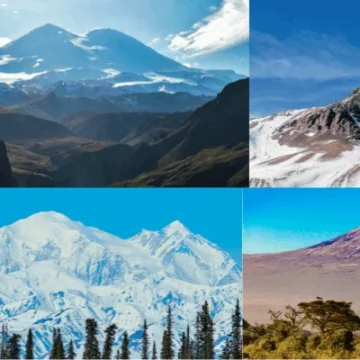


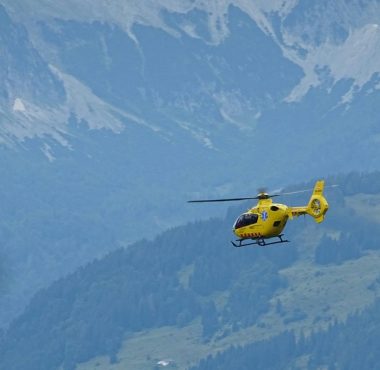
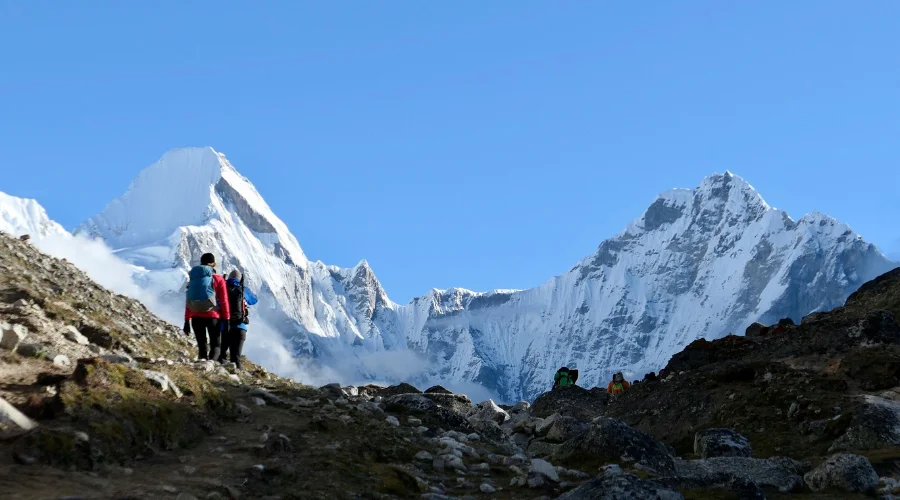
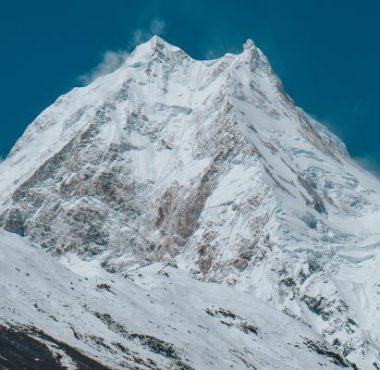












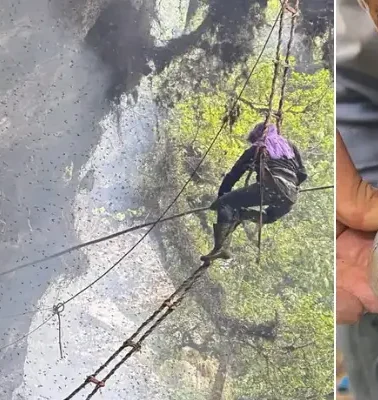
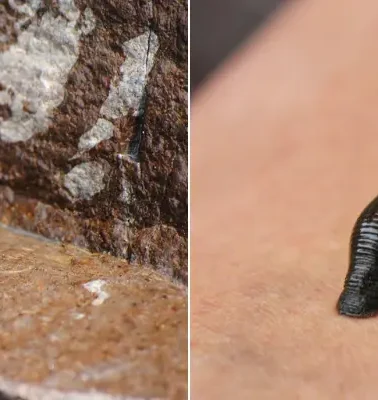
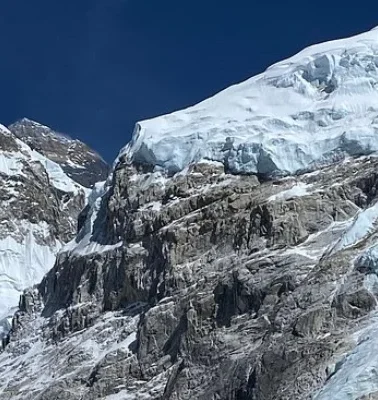
COMMENTS(7)
Mount Everest Nepal
Mount Everest,Nepal
Mount Everest nepal
6.3.6.4 Mount Everest, nepal
Yes